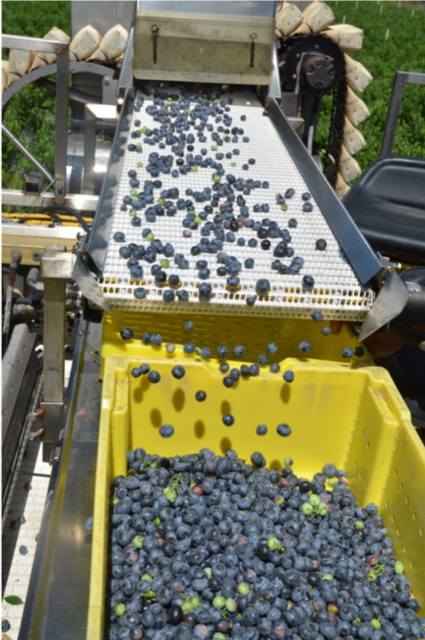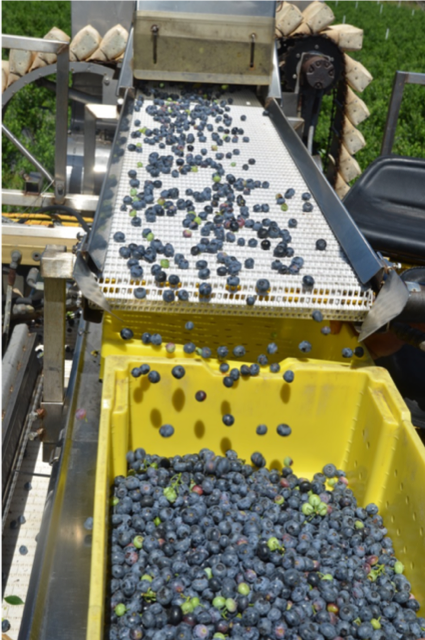By Clint Thompson
The future of blueberry production is now for Florida farmers hoping to remain sustainable. At least that’s how one blueberry producer views the industry as it’s currently constructed.

Like other Florida blueberry growers, Ryan Atwood is not immune to the rising input costs being experienced across agriculture. Fertilizer, fuel, labor, land; all are expenses that are on the rise and will impact Atwood’s blueberry operation in 2022.
Atwood is being proactive in trying to combat high expenses that are not guaranteed to decrease anytime soon. Newer varieties that can be harvested mechanically is what will sustain Atwood and other farmers for the foreseeable future. Growers need to embrace the future now.
Costly Expense
“We took out some older varieties that are getting obsolete for a lot of reasons. We put in a lot of the newer varieties that seem very promising, particularly with the idea that we’ll be able to mechanically harvest them, which should reduce our costs. Harvest costs are a big part of your budget. That’s a third of your annual budget. If you can reduce that, it’s a big one,” Atwood said.
“If (you’re a farmer and) you just stay where you’re at, you’re pretty much just probably going out of business. I think there are some who are just riding it out. They’re not reinvesting in their operation. I don’t know if they’re actively realizing or not, but they’re on a dead-end track. I think those of us who are looking to stay in the business are reinvesting in the new varieties.”
Atwood, an avid user of the H-2A temporary agricultural workers program, utilizes 1,800 hand pickers during harvest season. He also estimates that he mechanically harvests about 25% of his crop. But he wants to do more, which would decrease some of the major expenses associated with the H-2A program.
“If we could machine harvest the whole thing, it’d be a huge savings. I’m not sure we’ll ever get to 100% mechanical harvesting. Now, maybe 20 years from now, 30 years from now we will. I don’t foresee in the next five or 10 years us being 100% mechanically harvesting the crop,” Atwood said. “I think handpicking will always have a place. But I do think we need to get more to 50%, 60%, to 70% machine harvesting. If we do that, I think we’ll be in really good shape in terms of being able to sustain our industry and our operations.”










